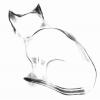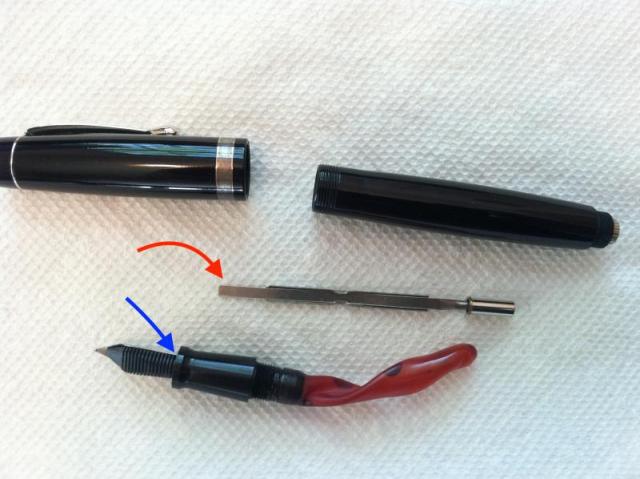Search the Community
Showing results for tags 'filcao'.
-

Necessity Ignites Invention: A Review Of The Filcao Atlantica
bobje posted a topic in Fountain Pen Reviews
FILCAO Atlantica, a Chilton-type pneumatic filler I'll save you some time. The FILCAO Atlantica writes smoothly, feels balanced in the hand, and is carefully constructed from an elegant material. These are fine qualities, but they aren't the reason you should write with one, if you get the oppor...- 17 replies
-
On web there are not much infos about this italian producer, in activity until 90s. Now I've found several NOS models for a little price but I don't know which of them really worth the price. Could anyone help me to decide ? https://www.ebay.it/sch/Stilografiche/7281/i.html?_from=R40&_nkw=filc...
-
Hi all, I'm new to this section of FPN, and new to Italian pens in general. I stumbled across the Filcao Columbia fountain pen somewhere on the internet, and am quite interested in it. It's designed by Richard Binder and Filcao, and hand crafted etc. with sterling silver appointments. I had two q...
-

The Filcao Roxi: Underdogs, Natalia Ginzburg, And Settimo Torinese
bobje posted a topic in Fountain Pen Reviews
Americans love underdogs. We revel in stories about how the British had their hind-ends handed to them in the American Revolutionary War, 240 years ago, and it was us – poorly clothed mongrels – who did the handing. This idea of underestimated integrity comes to me when I consider two unlikely subje...- 22 replies
-
- filcao
- natalia ginzburg
-
(and 7 more)
Tagged with:
-
Hello, I took apart this old Filcao that was in my box and gave it a really good rinse this morning. Although I did pay attention to the disassembly, I have a few questions about reassembly that I cannot find answers to here or elsewhere on the web. 1. In the picture, where the red arrow is po...
-
I pulled out my Pentrace 2004 Limited Edition that had been sitting for quite sometime, filled with PR Avocado (the newer formula) and it started right up! (Is Filcao still in business?) I have just added a Stipula Passoporto (the one I mentioned under the repair thread) and I did just order the St...






